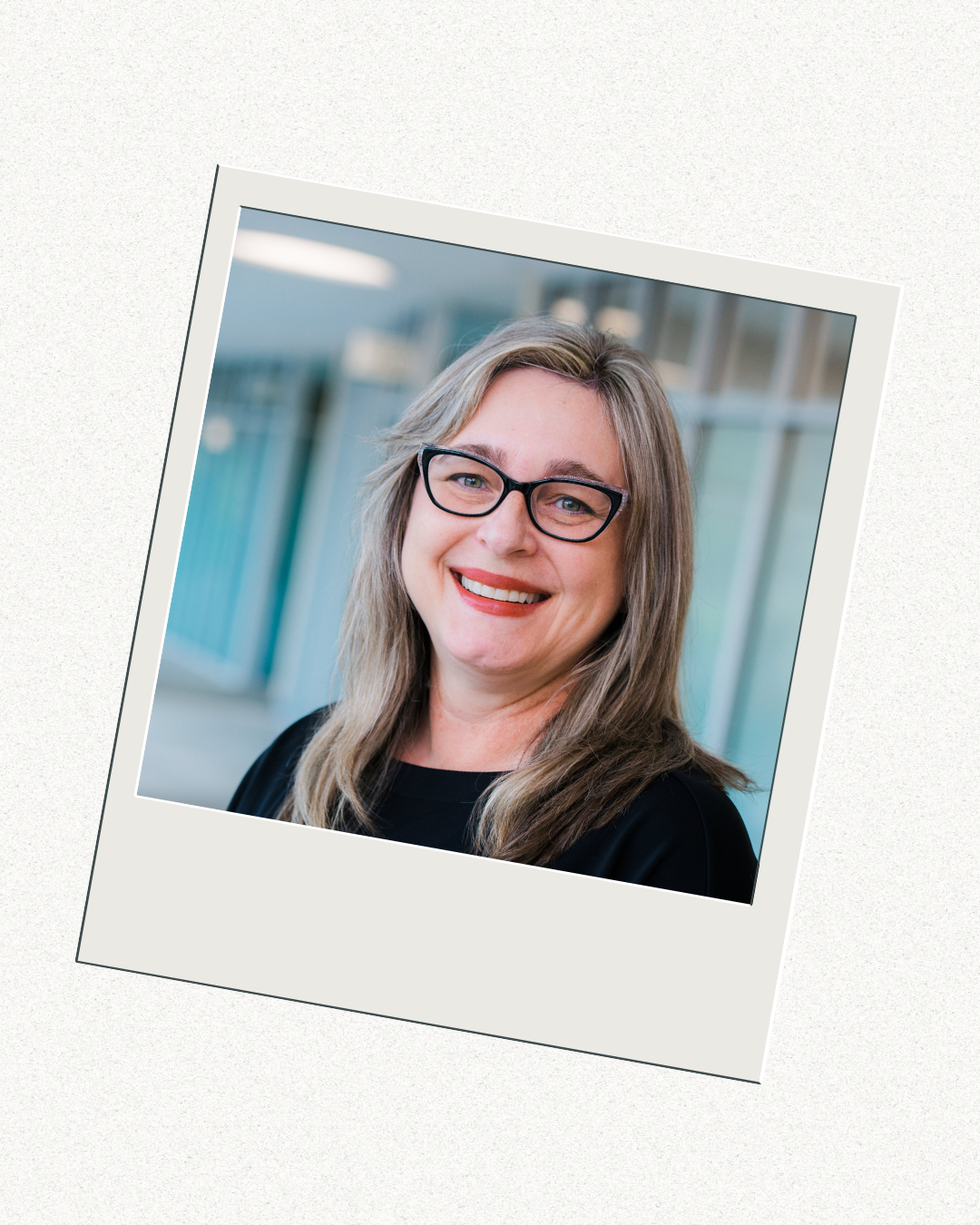Videos as Tools of Advocacy in Social Work Pedagogy – BPD 2014 Conference
This is my third and last day at the 2014 annual meeting for the Association of Baccalaureate Social Work Program Directors in Louisville, KY. Today, I’m presenting with Dr. Andrew Battista with the University of Montevallo about a video assignment we developed for a social work policy course, and the purpose of this post is to provide supplemental information for today’s presentation.
Our session describes an assignment for an undergraduate BSW course that asked students to create their own policy-based videos. We will cover the genesis of this project, offer practical advice on guiding students through the process, and present focus group data about student experiences with multi-modal pedagogy and social justice. The learning objectives include:
- Understand how a video production assignment supports social justice-oriented learning and practice among college students;
- Learn practical strategies for incorporating multimodal assignments into their own pedagogy; and
- Appreciate the role of interdisciplinary collaborations to support the development and implementation of technology-based assignments.
Here is a link to the Prezi we will show during the presentation (http://tiny.cc/VideoBPDPrezi).
During the presentation, we will be show one of the student videos and have several resources listed in the presentation we wanted to share:
Video Resources
- Camtasia – Additional Software
- Final Cut Pro – Additional Software
- Adobe Premire – Additional Software
- iMovie – Built-In Software
- Windows Movie Maker – Built-In Software
- WeVideo – Web Browser Extensions (Chrome)
- Stupflix – Web Browser Extensions (Chrome)
- Prezi– Cloud-Based
Audio Resources
- Audacity – Editing Platform
- Jamendo – Content, Music
- FreeSound – Content, Sound
- Creative Commons – Copyright
Also, the research guide from the University of Montevallo Carmichael Library for SWK 373 Social Welfare Policy includes more resources and a sample digital guide for video assignments.
Here is our proposal for the presentation:
Social work has a history of encouraging students to engage in various mediums to influence public opinion and share information, such as writing letters for newspapers and contacting public officials. Lens (2002), encourages social workers to, “construct their own public language for participating in and shaping the public discourse” (p. 51). Despite these intentions, social work curriculum lacks materials about how to produce content intended for mass consumption. In this workshop, we will share how we developed a video assignment in an undergraduate social work course which asked students to profile a specific social policy, argue why that policy is important, and identify who the policy influences. For instance, students profiled policies like the Affordable Care Act of 2010 and the Child Abuse Prevention and Treatment Act and connected these legislative initiatives to the lives of people they encounter in society and practice. Students worked in groups to synthesize personal interviews, music, research, and images and create informative multimedia artifacts. We integrated collaborative, multimodal work into the class because we believe that it cultivates a valuable professional literacy and prepares future practitioners to be advocates for social justice.
Experts suggest that video can be a particularly effective pedagogical tool within social policy due to its ability to humanize abstract theories and debates (Leukefeld, 2011; Shdaimah, 2009). It is our contention that by producing their own videos, students engage with the materials in a personal manner that results in improved understanding of and efficacy on the topic. Further, 46% of adult Internet users have posted photos or vidoes videos that they have created and 41% of adult internet users have reposted photos or videos on sites designed to share images with many people (Rainie, Brenner, & Purcell, 2012). As more people consume information online and through video, these information-sharing formats have more influence and potential to spread quickly among a diversity of internet users (Kaufman & Mohan, 2009). Students who share projects and findings through a web-based platform such as YouTube broaden their audience significantly, increasing both accountability and influence.
Our session will be an interactive conversation and a hands-on workshop in which we share what we’ve learned after several semesters of implementing this video assignment. First, we will explain how we developed the assignment in the context of student learning outcomes for the social work education (CSWE, 2008). Then, we will focus on some of the practical elements of facilitating the assignment such as editing software programs and cloud-based hosting services. We will showcase several example videos and explain how the process of composing, collaborating with librarians and digital media lab specialists and presenting videos in class has led to a holistic learning experience. We discovered that when students have discussions about how they will compose the video, how they’ll gather evidence, and how they distribute tasks, they engage with some of the cultural challenges of social problems in unique ways.
References:
Council on Social Work Education. (2008). Educational Policy and Accreditation Standards. Washington, DC: Author.
Kaufman, P. B., & Mohan, J. (2009). Video use and higher education: Options for the future. Study funded by Copyright Clearance Center and conducted by Intelligent Television in cooperation with New York University. Retrieved from http://library.nyu.edu/about/Video_Use_in_Higher_Education.pdf
Lens, V. (2002). Sound Bites, Spin and Social Change. Journal of Teaching in Social Work, 22(3-4), 39–53.
Leukefeld, S. (2011). Using Internet-Based Videos as Pedagogical Tools in the Social Work Policy Classroom. Advances in Social Work, 12(2), 318–328. Retrieved from http://journals.iupui.edu/index.php/advancesinsocialwork/article/view/1871
Rainie, L., Brenner, J., & Purcell, K. (2012). Photos and Videos as Social Currency Online. Pew Internet & American Life Project, (September 2012), http://community.g.pewinternet.com/~/media/Files/Reports/2012/PIP_OnlineLifeinPictures.pdf
Shdaimah, C. (2009). The Power of Perspective: Teaching Social Policy with Documentary Film. Journal of Teaching in Social Work, 29(1), 85–100.
Battista, A., Hitchcock, L. I. (2014, March 22). Videos as Tools of Advocacy in Social Work Pedagogy – BPD 2014 Conference[Blog Post]. Retrieved from https://laureliversonhitchcock.org/2014/03/22/videosswkeducationbpd/.


